LivestreamResearch
Time
Thursday 23 February
3:30pm
Location
Auditorium
Speaker
Will Rifkin
Chair in Social Performance
Centre for Social Responsibility in Mining, University of Queensland
Co-author
Katherine Witt
Research Fellow
Centre for Social Responsibility in Mining, University of Queensland
Abstract:
In 2013, the coal seam gas (CSG) industry provided $1 million for 3 years of research to identify the cumulative social and economic effects of the industry’s $30-billion development in Queensland’s Darling Downs agricultural area. The project team borrowed methods from the action-research toolbox to engage the community, government, and industry and gain agreement on what socioeconomic indicators to assess. The strategy represents a ‘shared measurement’ approach (a spin-off from management guru, Michael Porter’s ‘shared value’ agenda), which has been employed to gain synergies across social service agencies. This strategy to identify an agreed set of socioeconomic indicators was intended from the outset to produce a ‘boundary object’, something that would be meaningful in a range of sectors.
Analysis was conducted on 15 years of indicator data, from well before CSG development to identify long-term trends in each town. The analysis identified essentially what was forecast by the industry’s imprecise, though mandated, social impact assessments. That is, the changes being experienced in the region were not all bad, nor were they all good. Rising rents but rising business incomes, too, for example.
This conference paper will not focus on the results per se but rather on the reception to the results by industry, government, and the community. The changes documented in the research were captured in short narratives and charts online (see – https://boomtown-indicators.org), in presentations to a range of audiences, and in longer project reports. The presentation slides were praised by lay members of one state parliament for their simplicity and clarity. They have stimulated engaged conversation with community landholders both for and against CSG development. They have been well received by professional audiences in the oil and gas industry as well as by petroleum engineers, geologists, and senior industry executives.
One can argue that the charts of socioeconomic indicators, in particular, told the story of changes in the region in a language that scientists, engineers, and managers in the industry could understand. They look like data, which may help to legitimise them. At the same time, the narrative accompanying the charts – informed by interviews of ten key stakeholders in each town profiled – could be seen to resonate with non-technical audiences. There is evidence of a common narrative emerging across different sectors about winners and losers.
We will present a brief overview of the research project and its findings, as well as systematic reflection on how these findings appear to have been received by different audiences. We will introduce literature and concepts relevant to the design of boundary objects to be shared across sectors, particularly in contentious arenas. We seek discussion of the potential for academic study of the presentation of non-science to scientifically based professionals.






